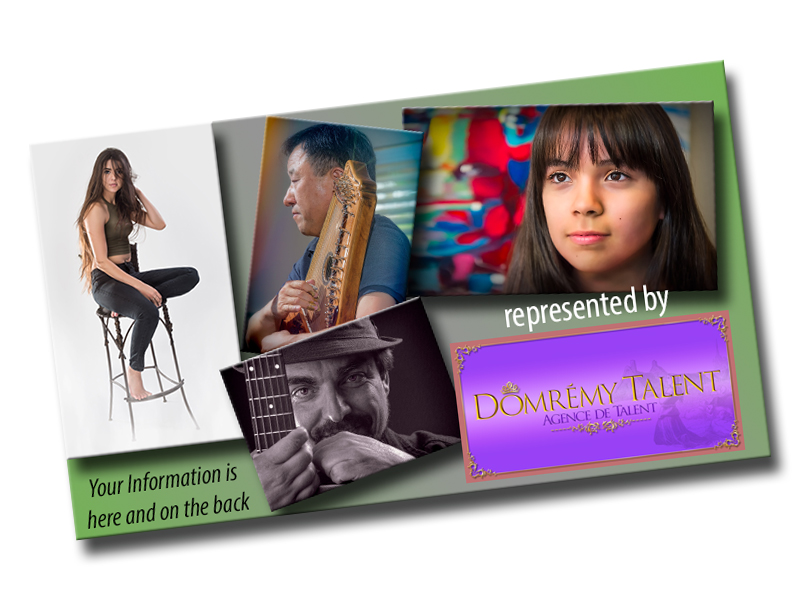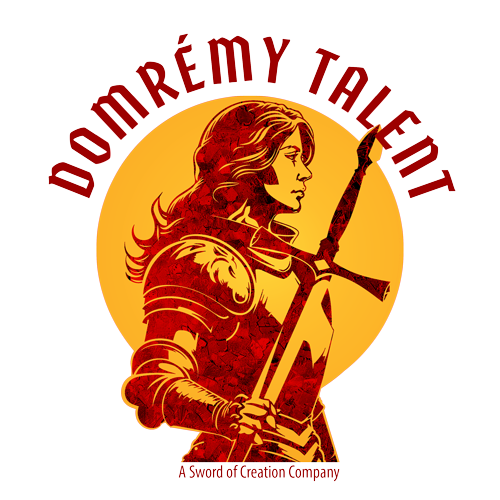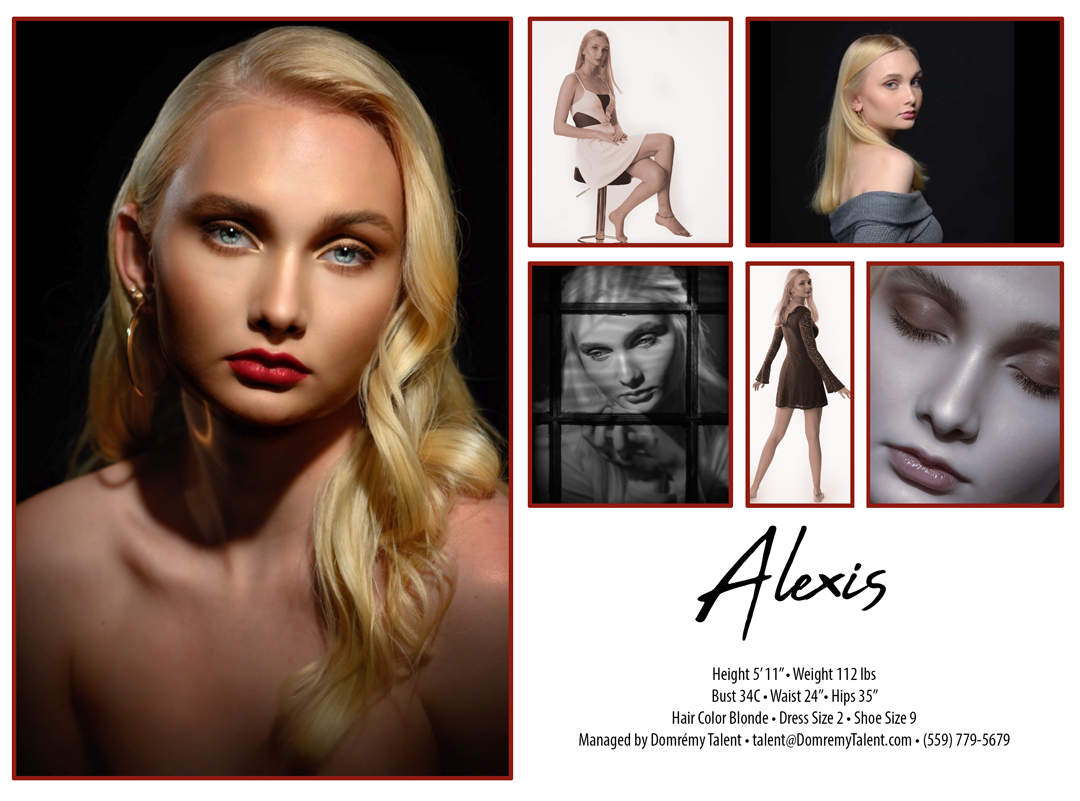
An electronic press kit (EPK) is a digital version of a traditional press kit and is used by artists, bands, filmmakers, companies, and public relations professionals to provide the media with information and promotional material. Here are the typical components included in an EPK:
1. Biography/Background Information
- A detailed biography of the artist, band, company, or individual, including their history, achievements, and any relevant background information.
- For companies, it includes the company profile, mission statement, and history.
2. Press Releases
- Recent press releases that announce new projects, releases, tours, product launches, or significant events.
3. Media (Images and Videos)
- High-resolution photos: Professional images of the artist, band, or product, including promotional photos, album covers, and logos.
- Videos: Music videos, interviews, promotional clips, and behind-the-scenes footage.
4. Music/Audio Files
- For musicians, this includes high-quality MP3 or WAV files of recent tracks, albums, or samples of their work.
- Streaming links or downloadable files for ease of access.
5. Discography/Filmography/Portfolio
- A comprehensive list of the artist’s albums, singles, or films, including release dates and labels.
- For companies or creatives, a portfolio of past work or products.
6. Press Coverage and Reviews
- Scans or links to past press coverage, reviews, interviews, and articles from reputable sources.
7. Contact Information
- Detailed contact information for booking agents, publicists, managers, or media contacts.
- Social media links and your official website URL.
8. Tour Dates/Upcoming Events
- Information on upcoming tours, concerts, screenings, or other events.
9. Technical Rider (for Musicians)
- A document detailing the technical requirements for live performances, including stage setup, sound equipment, and lighting needs.
10. Branding and Marketing Materials
- Logos, fonts, and other branding elements.
- Any promotional materials like flyers, posters, or banners.
11. Testimonials/Endorsements
- Quotes or statements from industry professionals, influencers, or satisfied clients endorsing the artist, band, or company.
12. Links to Digital Presence
- Links to the artist’s or company’s social media profiles, streaming platforms, and other digital presence.
An effective EPK is well-organized, visually appealing, and provides comprehensive information to make it easy for the media to cover and promote the artist, band, or company.
An eZED card (also known as a composite card, comp card, or z card) is an electronic version of a marketing tool used by models, actors, and other talent in the entertainment and fashion industries. It serves as a business card and portfolio combined, providing casting directors, clients, and agencies with essential information and a visual summary of the artist, model, or actor’s work and appearance. Here are the typical components of an eZED card:
NOTE: The information that follows is geared toward models and actors, but can be modified for visual and performing artists.
1. Photographs
- Headshot: A professional, high-quality headshot is usually featured prominently on the front of the card.
- Additional Photos: Several other photos showing a range of looks, styles, and poses. These can include full-body shots, different outfits, and various angles to demonstrate versatility.
2. Personal Information
- Name: The talent’s full name, usually displayed prominently.
- Agency Name and Contact Information: If the model or actor is represented by an agency, the agency’s name, address, phone number, email, and website.
- Personal Contact Information: In some cases, personal contact details (such as email or phone number) may be included if the talent is self-represented.
3. Physical Statistics
- Height
- Weight
- Measurements: For models, this typically includes bust, waist, and hip measurements. For actors, it might also include suit size, dress size, shoe size, and other relevant stats.
- Hair Color
- Eye Color
4. Experience and Skills
- Experience: Brief details about notable jobs, shoots, runway shows, or acting roles.
- Special Skills: Any relevant skills that could be of interest to casting directors, such as dancing, sports, languages, or special talents.
5. Design and Layout
- Front of the Card: Often features the main headshot along with the model or actor’s name.
- Back of the Card: Typically includes a collage or arrangement of additional photos, physical statistics, contact information, and agency details if applicable.
Usage
eZED cards are used in auditions, castings, and meetings with potential clients or agencies. They are a quick reference for industry professionals to assess a talent’s suitability for a particular job or role. The compact and professional format makes eZED cards a convenient and essential tool in the marketing and promotion of models and actors.
Example of a Zed Card Layout
Front:
- Large headshot
- Name of the model or actor
Back:
- A grid of 3-5 additional photos (different looks)
- Physical statistics
- Contact information (agency and/or personal)
- Brief resume or list of experience
Creating a professional and eye-catching zed card is crucial, as it can significantly impact a talent’s ability to secure jobs and attract attention in a highly competitive industry.


